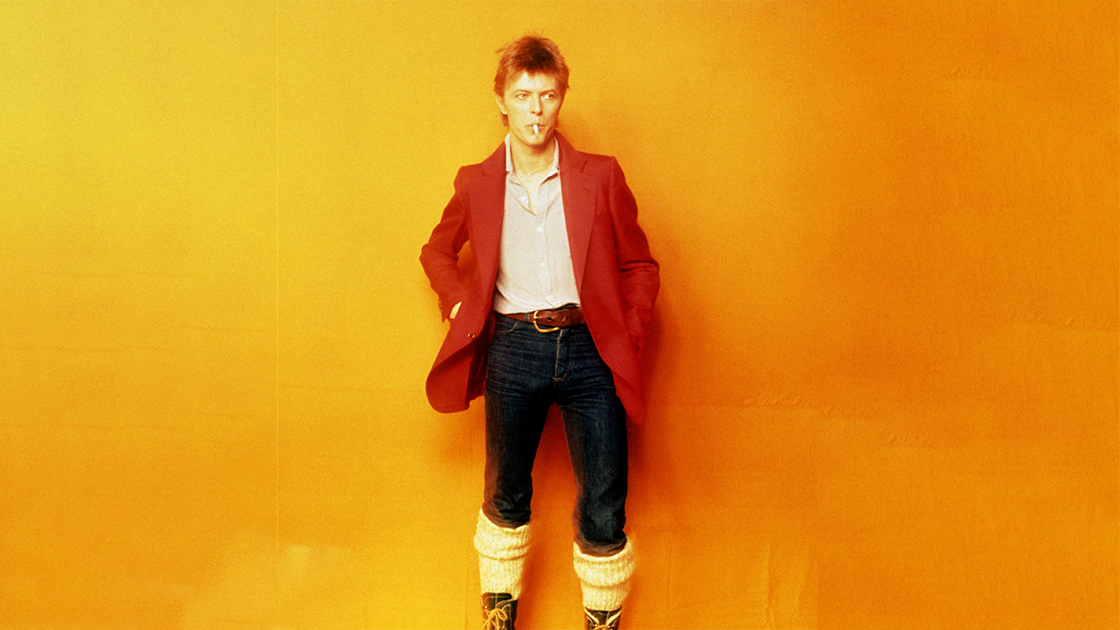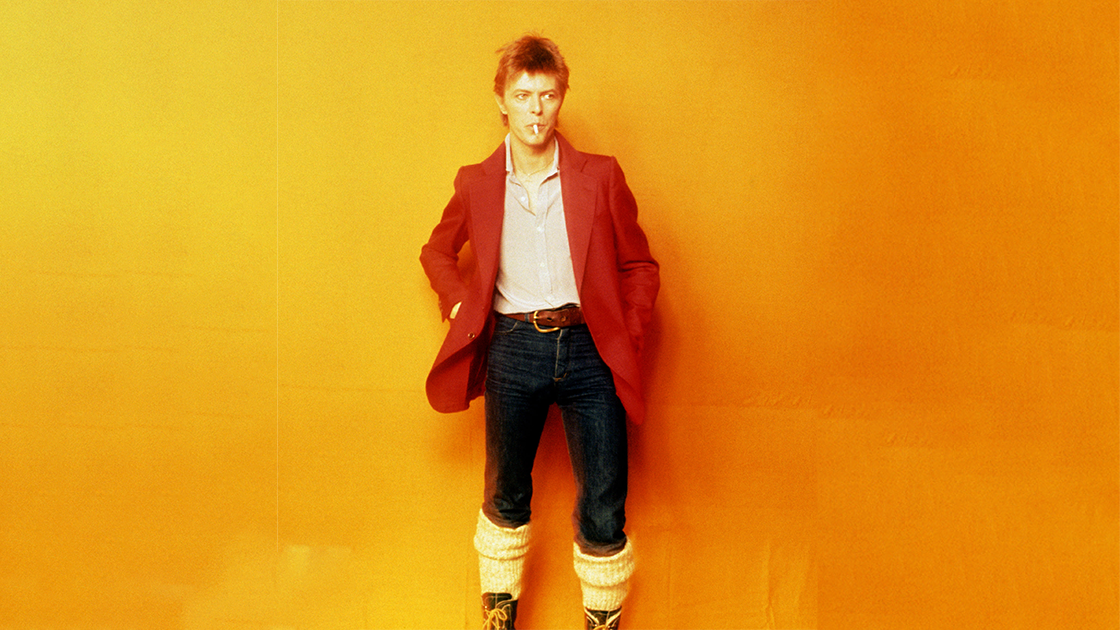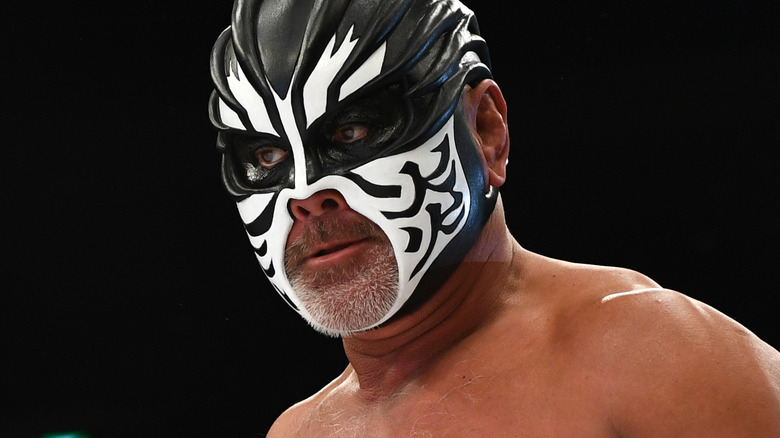
Fabulous, indeed. A little more than a month on from the release of Hunky Dory, Bowie had discarded the Marlene Dietrich-inspired look he sported on its sleeve, even though his interview with Melody Maker was ostensibly to promote that record. Moving with increasing speed, he now dressed in full Ziggy Stardust Mk I regalia: quilted jumpsuit; shorn, spiky hair “Vidal Sassooned into such impeccable shape”; and bright red boots which would soon straddle the world. His different coloured eyes only enhanced his otherworldly appearance. Bowie was just a week away from making his debut Ziggy Stardust performance, at Friars Aylesbury, in Buckinghamshire, just outside of London, and his “I’m gay” admission to Melody Maker perfectly laid the groundwork for future shocks to come.
Watts noted Bowie’s follow-up comments: “It’s just so happened, he remarks, that in the past two years people have loosened up to the fact that there are bisexuals in the world – ‘and – horrible fact – homosexuals’.” This jab at authority figures appalled by any diversions from the sexual “norm” left no misunderstanding as to whose side Bowie was on. It had been just five years since British laws were reformed into order to make homosexual acts legal for males aged 21 and over in the UK, and three years since the Stonewall Riots, in which New York City’s LGBTQ+ community protested against a police raid at the Stonewall Inn, in Greenwich Village. For an up-and-coming pop icon to align himself with the queer community within the pages of a music magazine marked a huge step forward for mainstream pop culture. And more was to come.
The response: “The expression of his sexual ambivalence establishes a fascinating game: is he, or isn’t he?”
Though Watts never doubted Bowie’s sincerity, he could spot a bit of media manipulation when he saw it: Bowie “had shrewdly calculated the consequences” of his statement, Watts told The Guardian.
Writing in the original article, he observed, “There’s a sly jollity about how he says it, a secret smile at the corners of his mouth. He knows that in these times it’s permissible to act like a male tart, and that to shock and outrage, which pop has always striven to do throughout its history, is a ballsbreaking process.” Having noted earlier in his piece that Bowie – married and a father to a newly born son – “supposes he’s what people call bisexual”, Watts concludes, “The expression of his sexual ambivalence establishes a fascinating game: is he, or isn’t he? In a period of conflicting sexual identity he shrewdly exploits the confusion surrounding the male and female roles.”
As far back as 1964, the 17-year-old Bowie (then still David Jones) had appeared on BBC Tonight under the title of President of the Society For The Prevention Of Cruelty To Long-Haired Men, wearing his own hair down to his shoulders and protesting the way he and friends with similar hairstyles were treated in public (“For the last two years we’ve had comments like ‘Darling’ and ‘Can I carry your handbag?’ thrown at us, and I think it just has to stop now”). By the early 70s, Bowie had truly immersed himself in queer culture, learning how to blur gender roles while openly courting outrage. He wore a “man’s dress” during photo shoots for his third album, The Man Who Sold The World, resulting in one of the most controversial David Bowie album covers – one that was rejected outright by his US record label. And, throughout 1971, he was a regular punter at the Sombrero club, London’s most fashionable gay hangout, whose permissive attitudes towards sexuality would permeate Bowie’s own.
Speaking to Rolling Stone magazine in 1993, Bowie confessed to being “magnetised” by the underground gay scene. “Remember, in the early 1970s it was still virtually taboo,” he explained. “There might have been free love, but it was heterosexual love… I like the idea of these clubs and these people and everything about it being something that nobody knew anything about. So it attracted me like crazy. It was like another world that I really wanted to buy into.” His revelation to Melody Maker, then, was the next stage in a crucial exploration of gender fluidity which was taking place throughout society.
“This sounds now like Daffyd in Little Britain,” Watts told The Guardian in 2006, referencing the UK TV sketch show’s “only gay in the village” character. “But it wasn’t comical then. In truth, I felt lucky.”
The aftermath: “Bowie was all anyone was talking about. He was a dangerous figure”
Pop and rock stars had flirted with androgyny before Bowie’s Melody Maker interview – not least Bowie’s glam-rock rival Marc Bolan – but, as Watts later observed, “After Bowie came le deluge.” Yet as a litany of unwaveringly heterosexual bands – Slade, Mud, Sweet – rushed to slap on the rouge and dash glitter on their eyelids, Bowie nurtured his androgynous image like no other artist – and on mainstream TV to boot.
With The Rise And Fall Of Ziggy Stardust And The Spiders From Mars album taking him to ever greater heights following its release in the summer of 1972, Bowie used a Top Of The Pops performance of the song Starman to stage the next part of his campaign to create controversy while bringing LGBTQ+ awareness into the mainstream. Singing in Ziggy Mk II pale-faced make-up and burnt-orange mullet, Bowie threw his arm around guitarist Mick Ronson’s shoulder and pointed a waggling finger directly at the camera with camp glee, knowing it would be broadcast to millions of viewers during dinner time on 6 July 1972.








